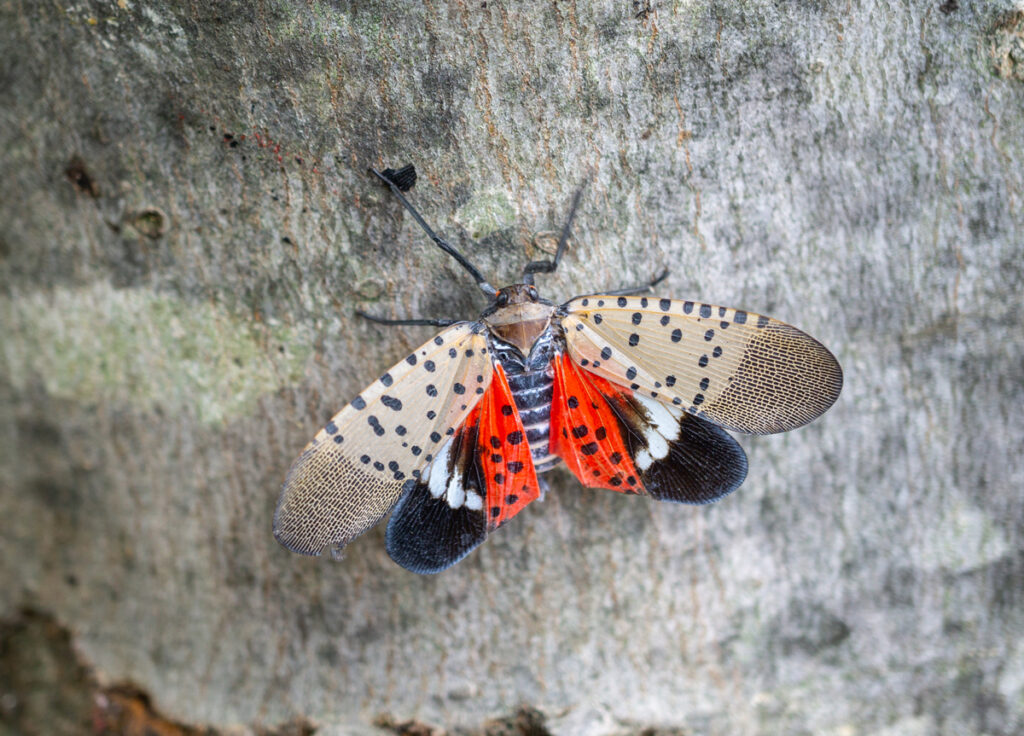
A beautiful but harmful bug
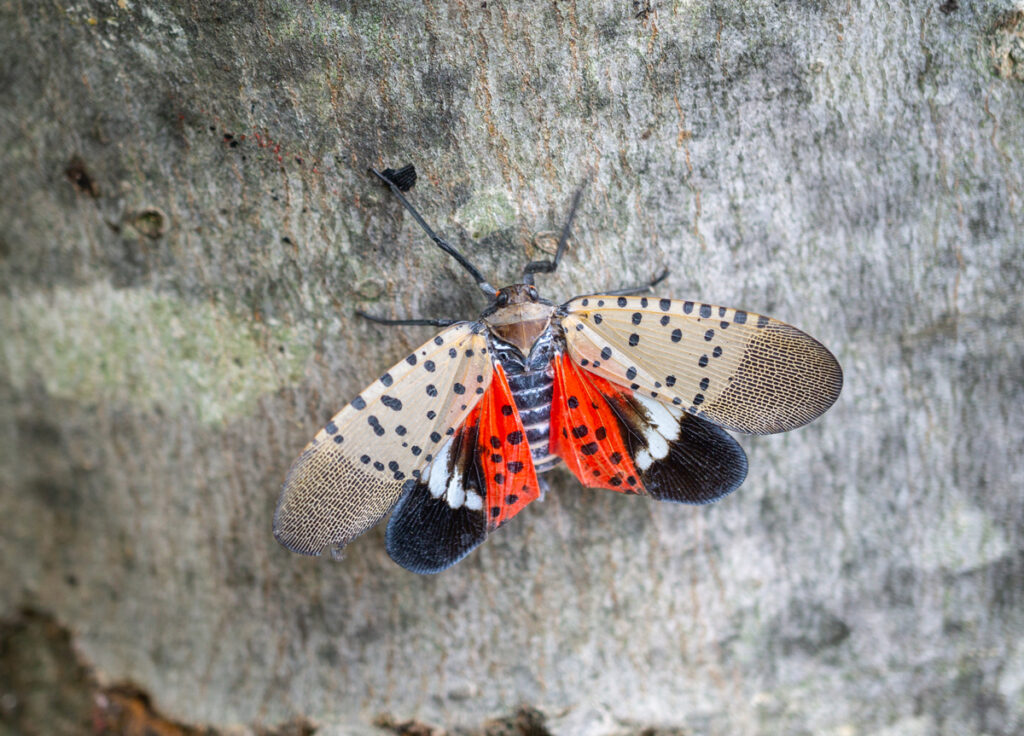
Be on the Lookout for the Spotted Lanternfly (SLF), (Lycorma delicatula, Hemiptera: Fulgoridae)
The Spotted Lanternfly (SLF) was introduced into the U.S. from Asia. It may look like a butterfly or moth however, it is a type of true bug called a plant hopper. The adult is approximately 25 mm long and 12 mm wide and has uniquely-coloured wings. The front wings are light brown/grey with black spots at the front and dark speckled bands near the back. The rear wings are red in colour and have black spots near the front and white and black bands at the back. The abdomen is yellow with horizontal black stripes.
The SLF lays eggs in fall on the host plants, and various outdoor surfaces. Newly laid egg masses are brown and covered in a grey, waxy coating. Eggs hatch in late spring and early summer, and the nymphs start feeding. Both nymph stages look very different. Their piercing mouthpart that makes them a true bug is quite obvious.
Early Stage Nymphs
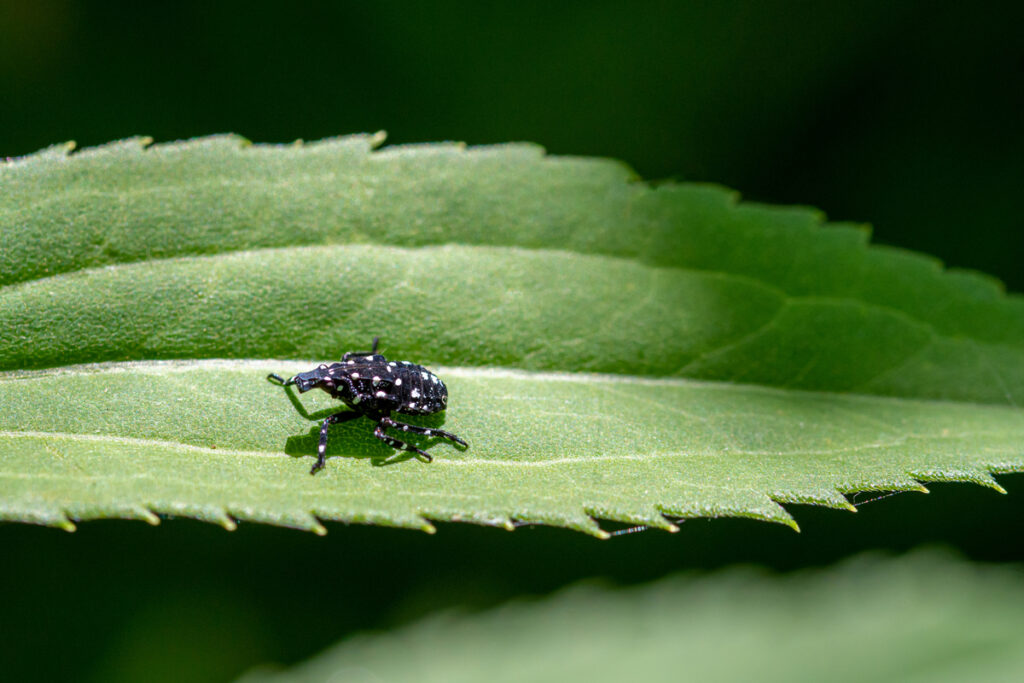
Early stage nymphs are black and white
Late Stage Nymph
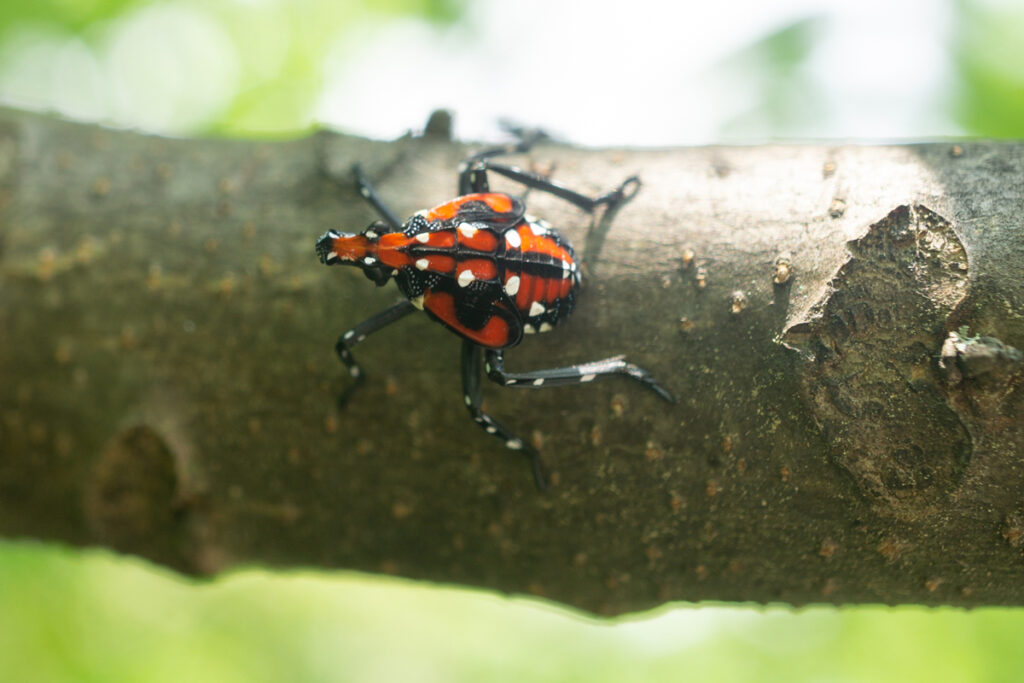
Later stage nymphs are black, white and red
The SLF feeds on various host plants throughout its development. Adults prefer to feed and lay eggs on Tree-of-Heaven (Ailanthus altissima), as well as grape (Vitis), apples (Malus), plums (Prunus domestica), cherries (Prunus avium), peaches and nectarines (P. persica), apricocts (P. armeniaca), pine (Pinus), walnut (Juglans) and oak (Quercus). They will also feed on roses and other important ornamental nursery crops. Both nymphs and adults feed by sucking sap from young stems and leaves. Nymphs and adults tend to congregate in large numbers on the host plant, and winter at the base of the tree or in the canopy.
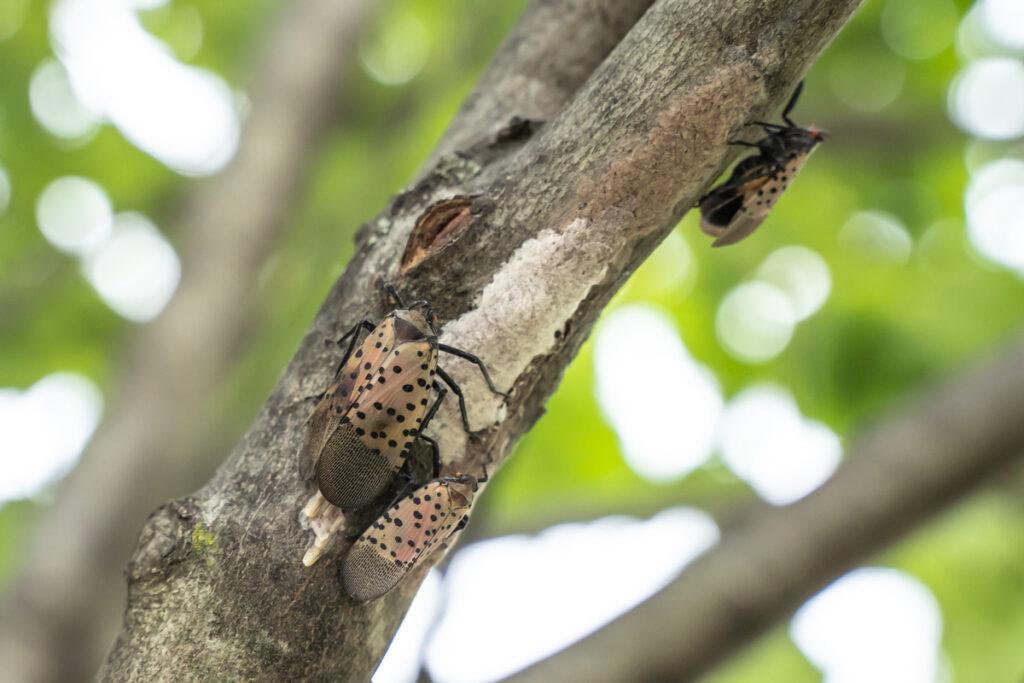
The SLF is present in the United States and getting closer to the Canadian border. It could be devastating for Canada’s wine, fruit and forest industries. It was first detected in North America in Pennsylvania in September 2014 and was added to the regulated pest list in 2018 in an effort to prevent the introduction from infested areas.
SLF travels only short distances on its own, by walking, jumping or flying. They are weak fliers though and prefer to hitchhike. It is easily moved on nursery stock, firewood, trailers, cars, trucks, shipping containers, bricks, stone as well as camping gear and outdoor equipment and other materials humans move around. It is most likely to move as egg masses so don’t forget to check anything you have stored outside while travelling to infested areas for the egg masses or the insect itself.
If you think you have found the Spotted Lanternfly or an egg mass in Canada, take a photo or video, catch it and put it into a sealable container, and immediately report it to the Canadian Food Inspection Agency. Learn more at Canada.ca/spotted-lanternfly
Spotted lanternfly Invasive Species Sheet
*all photos sourced from © The Government of Canada


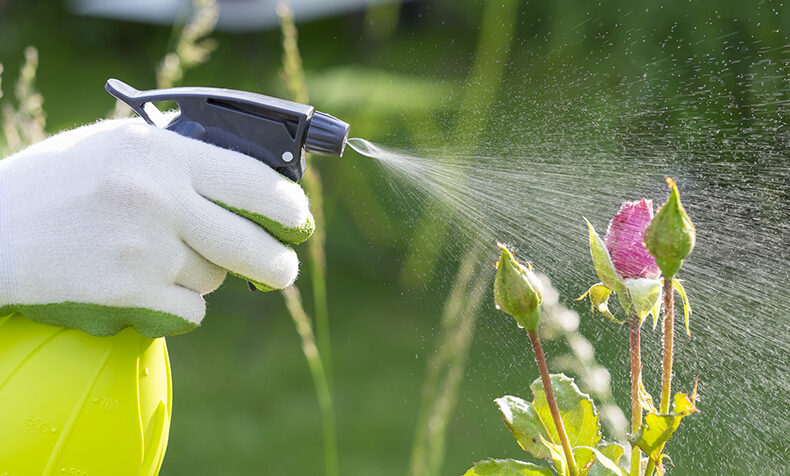
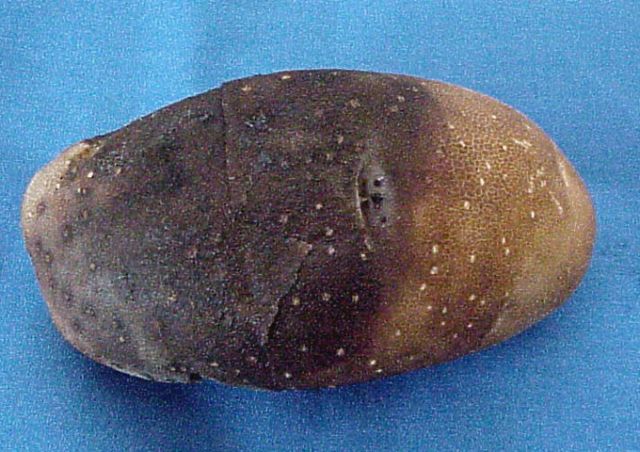
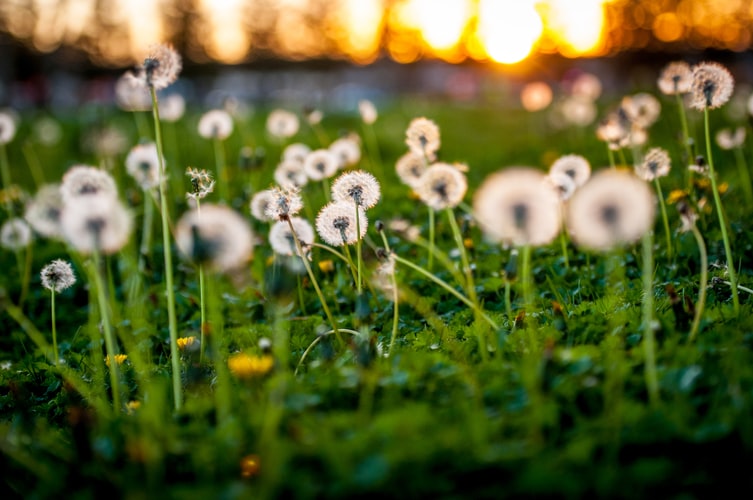
About The Author: Jennie Girard
Life longer gardener, landscape designer and lecturer. Jennie is interested in the relationships between nature and well-being, how climate change is affecting the environment, pollinators in general and especially Bumble Bees. Member of LMMG (London and Middlesex Master Gardeners), Kirkton Horticulture Society and Friends of the Pinery
More posts by Jennie Girard